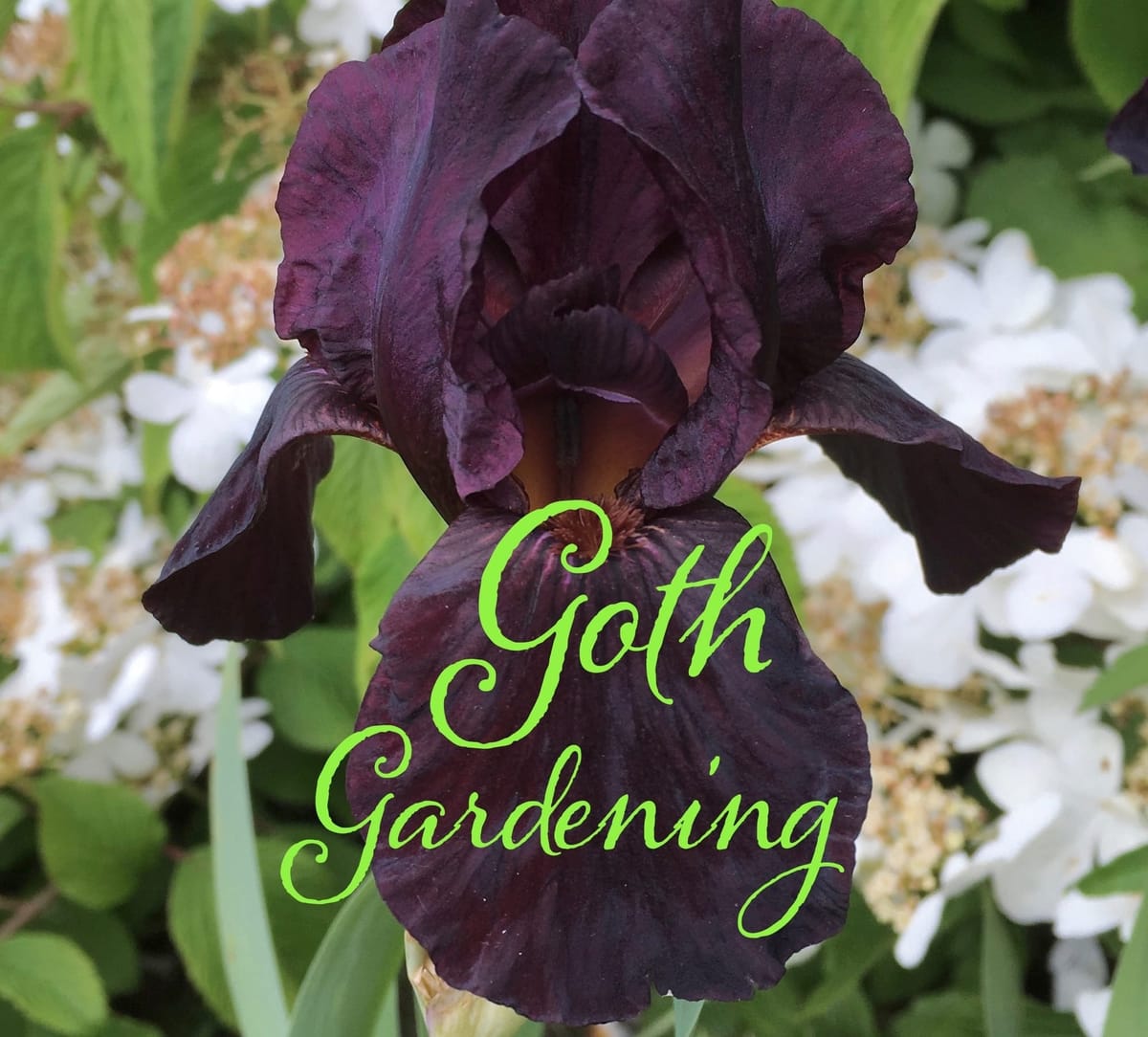
I've been dying to write a story about goth gardening. (Ha) Over the years, I noticed people buying an abnormally large amount of seeds from my Etsy shop of black flowers. I didn't give it too much thought, but did think it was strange since flowers are often purchased for their qualities of being very bright and colorful. And black flowers seemed to be the opposite of everything people tend to go for with flower gardening. At the time, I didn't quite understand what any of this was about. I had even started to grow some black flowering plants just for kicks because of the novelty factor. I ordered several varieties of black daylilies that I grew with great success this year. The only downside being that they didn't have a long blooming season. However, I did cross a black daylily with a double vanilla type daylily and got about 15 seeds from the cross. I will probably plant these soon and keep them under grow lights to give them a head start for next year.
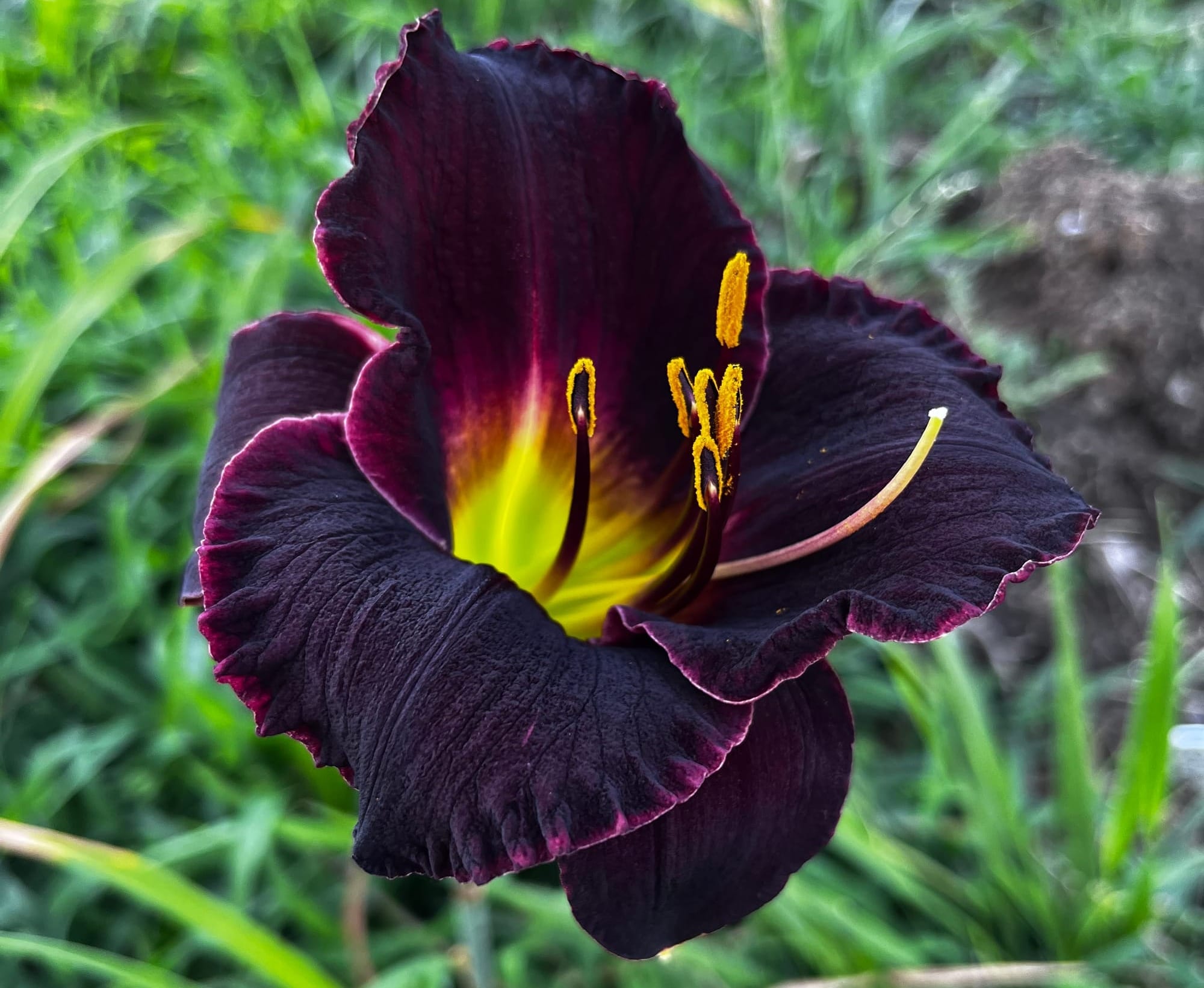
By complete accident, I recently caught a short glimpse of a random online article about "goth gardening" and had an a-ha moment. Many of these people were finding inspiration from gardening personalities they saw online with these kooky and very fun, yet quite macabre, cottage gardens. I had to admit, this was all so clever. It sort of told me that literally anyone could have a beautiful garden of their own, regardless of the amount of space you have, or even your own interests. Even within a theme, there is a lot of creative freedom. A goth garden doesn't necessarily mean an entire garden of flowers and plants with black blooms and foliage. It could mean all sorts of things, like:
-The kind of garden you might envision behind a haunted house, or even if say Dracula was into hobby gardening. That is open to interpretation beyond only black flowers, but could include reds and even white flowers.
-A collection of plants that bloom around Halloween for maximum beauty to celebrate that particular holiday. That could even mean unique pumpkins or weird-looking gourds.
-How do I say this delicately, flowers and plants that give homage to things around topics like death, funerals, and cemeteries. Think calla lilies. The kinds of flowers you might see at a memorial service.
-Frightening flora. I have heard of niche gardens full of toxic plants. But I can't say I recommend anyone go that route. But rather, look at plants that visually have a mysterious or scary vibe about them. Such as carnivorous flowers and plants. Or dark coleus with geometric leaf shapes and shocking color combinations.
-Vegetable Gardens. Let's not forget your goth cottage garden can have both edibles as well as visuals. But obviously, you don't want any of your edibles to be the toxic kind. This might include black carrots, black kale, black peppers, black beets, black corn or black tomatoes. You could have an entire goth style vegetable garden, or mix in as many as you like into a goth flower garden. But again, making sure nothing toxic is getting mixed up with your vegetables. Many of the common flowers we grow are actually toxic to humans when ingested. i.e., they aren't edible.
-Interesting textures and leaves. Part of the fun of a goth garden is that you can be on a bit of a treasure hunt looking through seed catalogs, garden centers and places like Etsy to find new and unique plants to try.
-Dark flowers. There are a lot of flowers that have unique deep, rich coloration that might not be black, but it's certainly shocking and dark. There are a lot of flowers that are deep purple, or maybe gray and fringed, like some varieties of poppies. Those can really be striking in this type of garden.
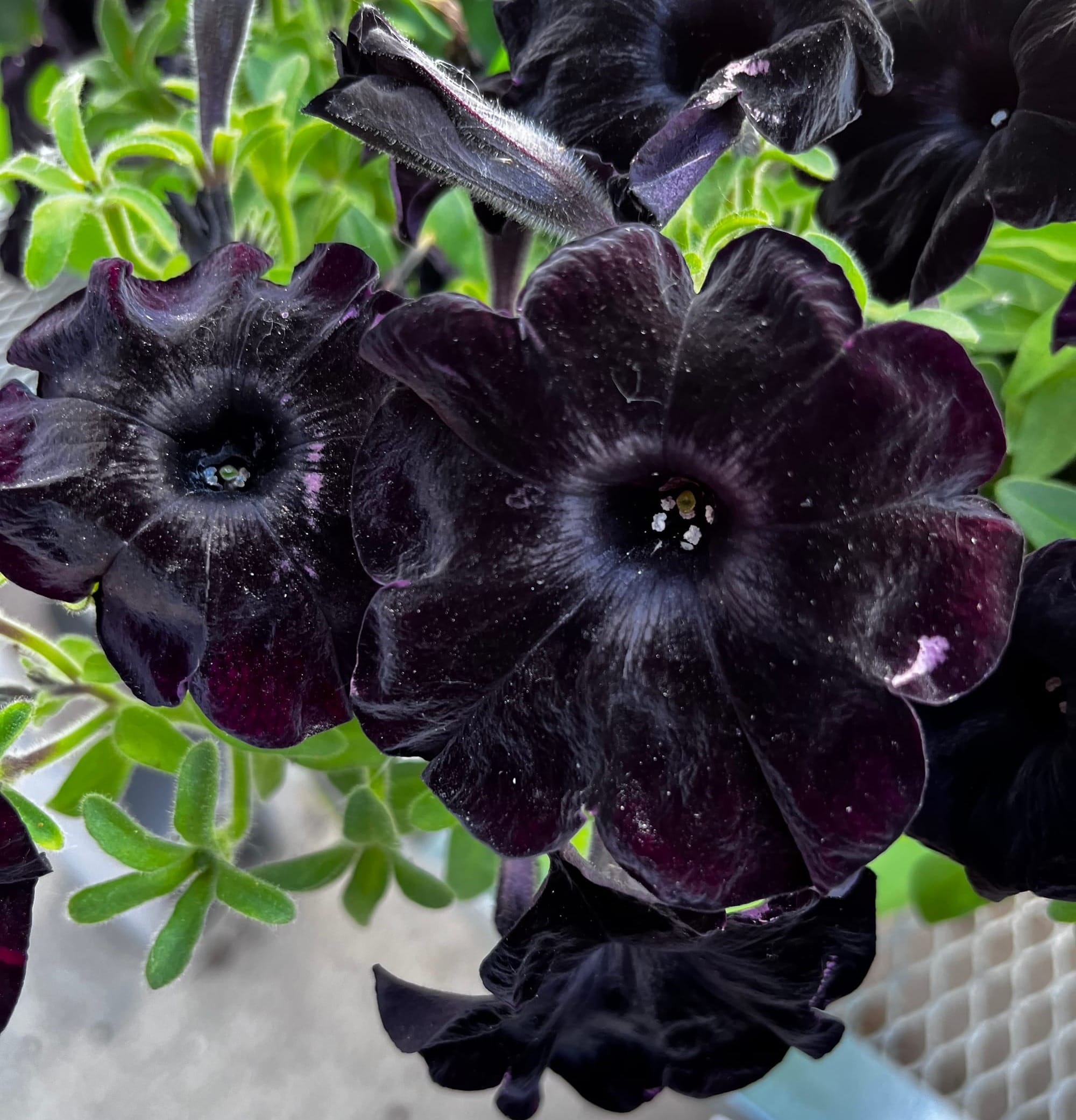
In addition to looking for black flowers and plants, you can also look at just darker versions of the plants you like. There are a lot of common flowers and plants that have dark or black variations. And many of these also have the benefit of being easy to take care of. If you keep breeding a red flower darker and darker over years or decades, it might become so dark eventually that it can be considered black. But at closer inspection, it's really just dark red or even dark purple. The genetics for black might not even exist per se in some flowers. But even a deep, dark color version of many flowers will work famously in a goth garden. Some of the black flowers I've grown are now so "inky" in coloration that they look very black to me. Even though they might be considered very dark purple or red.
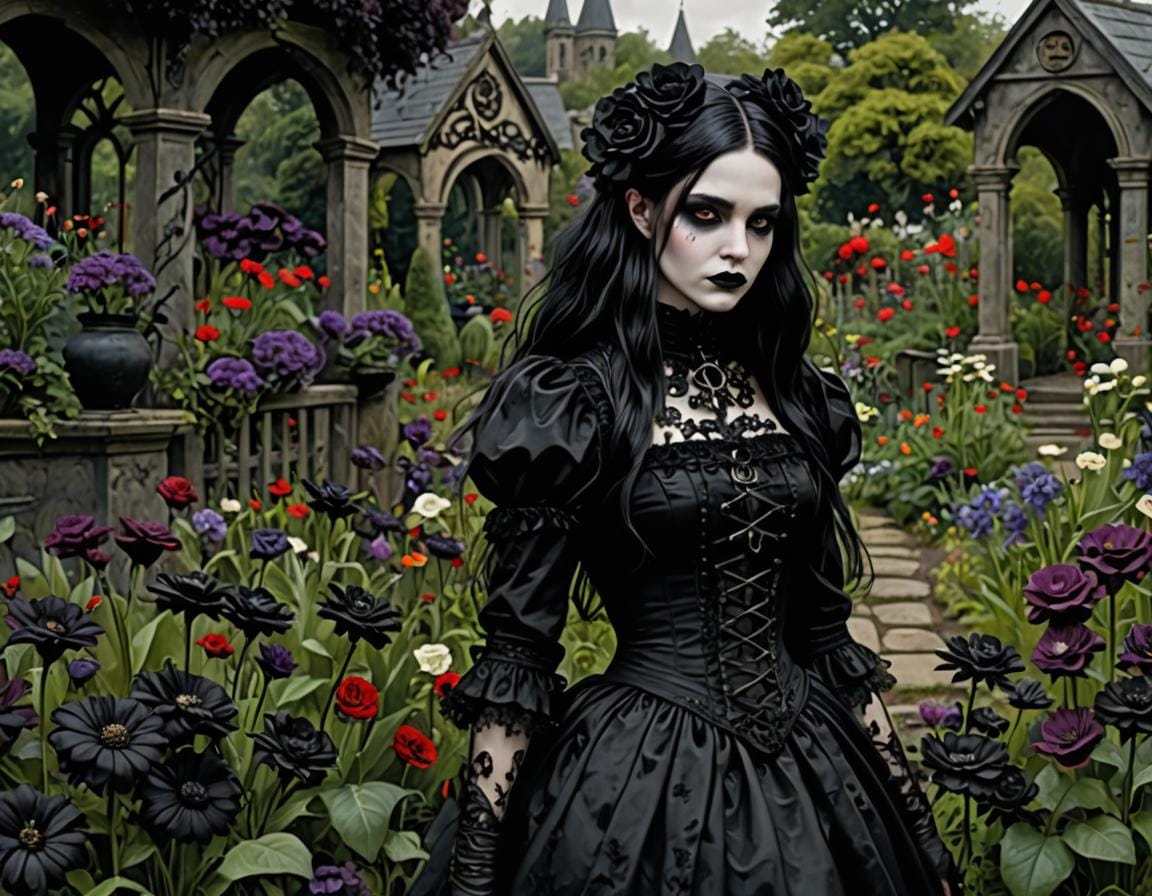
Don't forget the accessories for your goth garden. In particular, worn stone bird baths, fountains and aged statues can really add dimension to the experience you're creating. Instead of a white picket fence, go with wrought iron, decaying urns or vases, rusted or salvaged ornamental objects, black gravel, vintage trellises, stone and repurposed bricks can add to the mood.
Some of the black or very dark flowers I've grown or know about personally include daylilies (which are quite shocking and gorgeous in person), black irises, black petunias, black bachelor's buttons, black tulips, black carnations, black viola, black poppies, black hollyhock and black lisianthus.
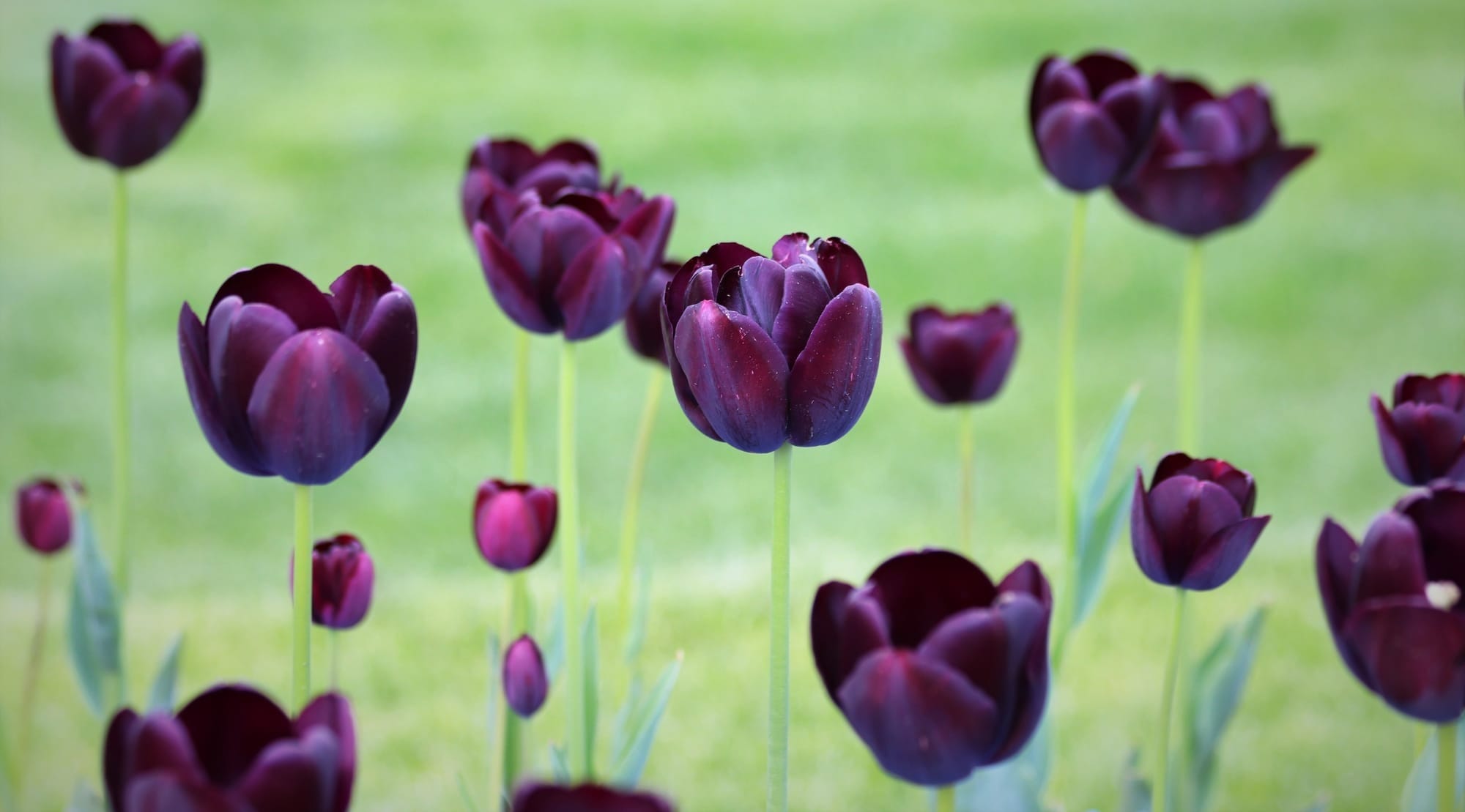
Another fun idea might be bioilluminescent plants. I've seen these "glow in the dark" (kind of) Firefly petunias appearing online. I'm mentioning this because you might enjoy a goth garden both during the day, and during the night.
Something else I should mention when it comes to flowers with darker colors. For the best viewing, they need to be positioned close to where the people are. Or up front in the garden. Otherwise the flowers can at times disappear into the background or become virtually invisible. Potted plants and flowers are a good idea because you can move them around as necessary. If they aren't blooming, you can locate or hide them in the back or side. And pots are a great way to showcase the theme of the garden. Even if you're just painting any basic pot black.
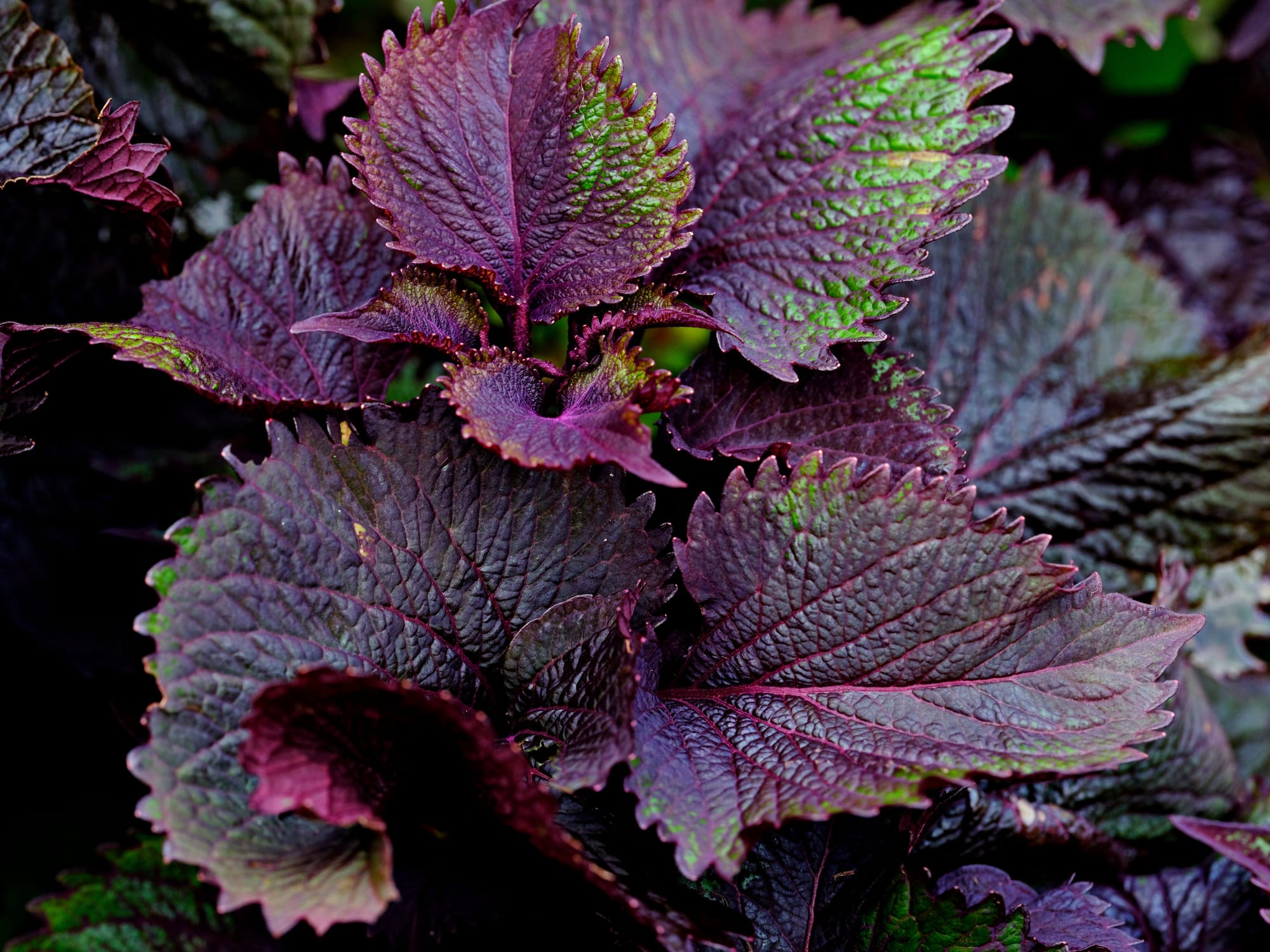
There are several plants like coleus and hypoestes that come in many color combinations with all sorts of unique leave shapes and textures. The benefit to these is that they look great without being in bloom. And they can be mixed in with other plants and flowers all season long.
Even if you aren't inclined to have an entire goth garden, you might really enjoy trying some of these flower varieties amongst what you normally plant. You can even grow some of these indoors, under grow lights or in a windowsill.
If you enjoyed this article, please consider clicking the SUBSCRIBE button. You will then be emailed each new article published on the Floral Annual. You are welcome to share any articles on social media, but please link directly to the website.
© Copyright Terry Aley
The Aley Acres seed shop on Etsy.
Dahlias, Notes from a Gardener book on Amazon.
Floral Art and Landscape Painting Etsy shop.
TikTok, some gardening posts.
